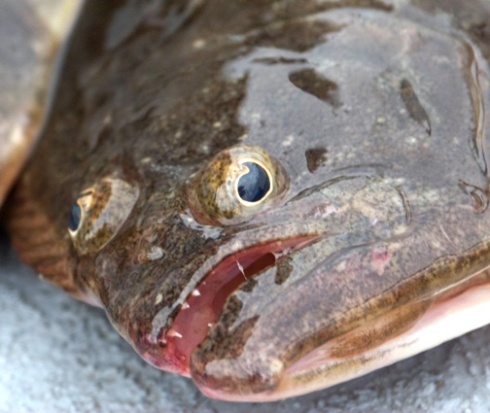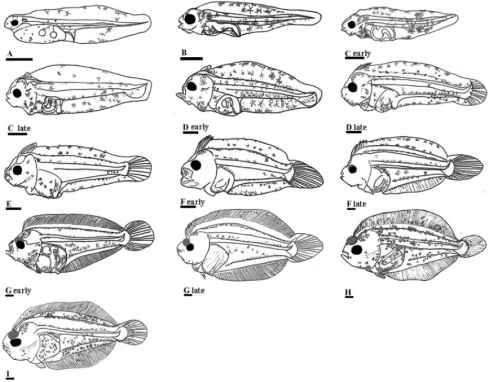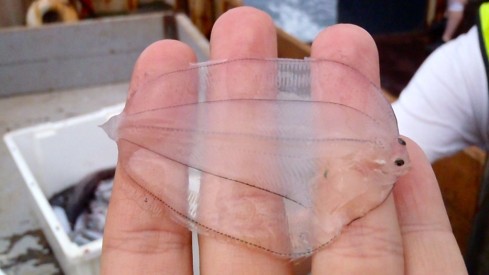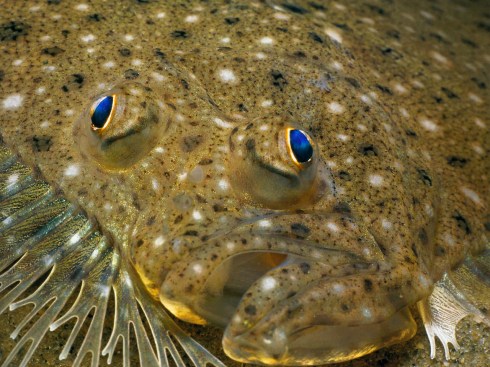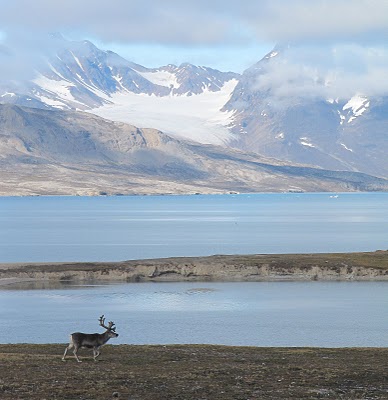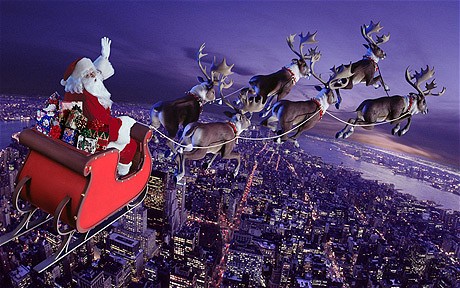You are currently browsing the tag archive for the ‘migration’ tag.
This is the flag of Madagascar: three rectangles of white, red, and green. The rectangles are nearly equal in size (although the vertical white rectangle is slightly wider). The flag has been the symbol of Madagascar since 1958—which means it was adopted two years before the island nation became independent of the French empire in 1960.
 Madagascar is an ancient island subcontinent which is currently located in the Indian Ocean just east of Sub Saharan Africa (it has actually moved around a great deal during geological history–but that is irrelevant for a post about the national flag). The large island was colonized by two waves of human inhabitants. The first Madagascar people were Austronesians who arrived between 350 BC and 550 AD via boat from the island of Borneo. Boneo and Madagascar are about 7,600 kilometers (4760 miles) apart, so this was no trifling feat of navigation! The second main wave of human colonization took place around 1000 AD, when many Bantu people crossed the Mozambique channel–which is a more manageable boat journey of 460 km (286 miles).
Madagascar is an ancient island subcontinent which is currently located in the Indian Ocean just east of Sub Saharan Africa (it has actually moved around a great deal during geological history–but that is irrelevant for a post about the national flag). The large island was colonized by two waves of human inhabitants. The first Madagascar people were Austronesians who arrived between 350 BC and 550 AD via boat from the island of Borneo. Boneo and Madagascar are about 7,600 kilometers (4760 miles) apart, so this was no trifling feat of navigation! The second main wave of human colonization took place around 1000 AD, when many Bantu people crossed the Mozambique channel–which is a more manageable boat journey of 460 km (286 miles).
The red and the white of the Madagascar flag are said to represent both the Merina kingdom (which fell to the French in 1896) and the colors of the flag of Indonesia (red and white) which was where the first Madagascar people hailed from. The Merina people are highlanders who culturally dominated the island for centuries.
The green of the flag is said to represent the Hova people—the free peasantry. During the Merina kingdom, society was divided into three classes: Merina aristocrats, Hova peasants, and slaves (coincidentally these slaves were obtained from raids on the Makua people during the 19th century). The Hova apparently played a large part in the 1950s independence movement against the French colonial authorities.
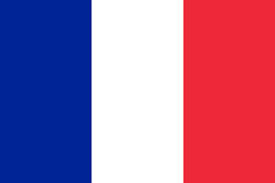 In conclusion, the more I have studied the Madagascar flag, the less sure I am that it means anything. I feel like some graphically inclined revolutionary might have made up the whole thing in 1958 because he liked the colors. More importantly however, I have become fascinated by the strange human history of this perplexing mini continent which was inhabited so very recently.
In conclusion, the more I have studied the Madagascar flag, the less sure I am that it means anything. I feel like some graphically inclined revolutionary might have made up the whole thing in 1958 because he liked the colors. More importantly however, I have become fascinated by the strange human history of this perplexing mini continent which was inhabited so very recently.
When I was a child, my best-loved emblem of the Christmas/holiday season was the reindeer (although, admittedly, I thought they were “rain deer”). My poor mother had to track down reindeer-themed decorations and jumpers all over the place. The magnificent antlered beasts were not just my favorite ornaments, but they were also the subjects of my most-preferred songs (in fact, I still find Rudolph’s ascendancy to personal empowerment through effulgent appendages and meteorological coincidence to be quite stirring). Yet reindeer are not just mythical creatures made up for the holidays—the true nature of these magnificent cold weather specialists is even more remarkable than folklore.
Reindeer (Rangifer tarandus) are large powerful cervids native to the trackless tundra of the Arctic and to the taiga and bogs of the subarctic (a vast habitat which encompasses most of Alaska,Canada, Siberia, and northern Europe). The North American subspecies of reindeer are commonly known as caribou. Although the migratory caribou are rangier (with thinner bodies and longer legs than old world reindeer), they are fundamentally the same creature. The caribou are the last animals in the Americas to still migrate across the wilderness en masse. The largest herds number in the hundred thousands (!) and evoke thoughts of the Pliocene or of the Serengeti (although like most other wildlife, the great herds are quickly declining).
Adult male reindeer weigh up to 180 kilograms (400 lbs) although a few exceptionally huge bucks have been measured weighing nearly twice that. The fur of reindeer has two layers: a layer of long hollow outer hairs and a down-like layer of dense fluff. The fur can be all sorts of shades of stippled and variegated brown, black, cream, and white. Both genders of reindeer grow antlers, and the antlers are the largest in proportion to body mass of any cervid.
Reindeer have many special traits to help them survive the rigorous conditions of their northern habitat. In summer their hooves become sponge-like and flatten out to give them traction on mud. In winter reindeer hooves harden into sharp wedges for cutting through ice and snow. Unlike white-tailed deer, reindeer can see into the indigo and ultraviolet spectrum. This ability helps them survive in the grey tundra and the great monochromatic boreal forests. Many things invisible in the (human) visible spectrum pop out in ultraviolet (most notably fur and urine).
Reindeer/caribou live predominantly on grasses, sedges, and tender tree shoots during the summer, but in winter their diet changes in accordance with the barrenness of their environment. During the long lean dark times of winter reindeer largely live on lichen. The reindeer are almost alone among animals in possessing the enzyme necessary to metabolize the tough lichen (only a handful of gastropod mollusks have been found to also produce lichenase).
 Young reindeer are hunted by golden eagles and wolverines. Mature adults are largely invulnerable to any animals other than polar bears, brown bears, and above all wolves. Wolves may be the ultimate predator of reindeer and certain packs live mutualistically with the reindeer herds and follow them all winter.
Young reindeer are hunted by golden eagles and wolverines. Mature adults are largely invulnerable to any animals other than polar bears, brown bears, and above all wolves. Wolves may be the ultimate predator of reindeer and certain packs live mutualistically with the reindeer herds and follow them all winter.
Humankind has a similarly ancient and intimate relationship with the reindeer and caribou. Since the depths of the ice age, human hunter-gatherers have stalked the great herds of deer. Some tribes began to follow the herds along their entire migratory routes and eventually the people and deer gradually became integrated. The domestication of animals began similarly with goats (ibexes), cows (aurochs), and pigs, but, in the case of reindeer, the process stalled in the middle. Certain herds of reindeer are semi-domesticated: but the herders follow the deer as much as the reverse. The reindeer provide skin, meat, milk, and transportation to the tough herding/hunting nomads of the north (mainly the Sami in the modern world). The herders protect the reindeer from wolves, bear, and hunters.
Although they are not perfectly domesticated (and would probably keep on with their ancient migrations if humankind all dropped dead or decided to emigrate to Alfa-Centauri), reindeer are docile, gentle, and extremely beautiful. They are a perfect emblem of the season (although Santa’s presumably male herd would shed their antlers before Christmas), but they are an even greater emblem of the last great wilds which can be found in the far north. I devoutly hope that the great changes of the Anthropocene do not reduce the reindeer and caribou herds to a fraction of what they are today. I guess I still love them as much as ever. Where is that sweater with reindeer on it and the old Rudolph record?

